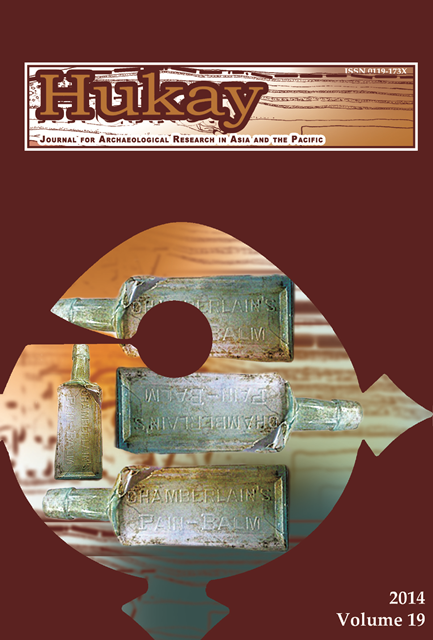The Last Voyage of the Dead: The Milky Way and the Boat-Shaped Burial Markers of the Philippines Archipelago
Abstract
The boat-shaped burial markers of the Philippines archipelago and their original astronomical orientation towards the Milky Way concretely manifest the purpose and concern of monumental architecture and the archipelago’s indigenous world view. In the archaeological record of Malayo-Polynesian Philippines, monumental remembrance is not materialised in structures that either defy the earth, like the tower form, or that identify with nature and the cosmos, like the mound. Instead, boat-shaped burial markers laid out low to the ground in stones or coral slabs appear to flow and disappear into the farther landscape. The fickle and frequently powerful and destructive natural environment defines the cosmological, which can only be highlighted or pointed out, not mastered or made a home of. Initial findings seem to show that the boat-shaped burial markers pointed towards the place where the Milky Way appeared to rise up from the horizon in the first hours of the evening, at the start of the short dry season. In the case of the Catanauan burials, this orientation seems to have determined the choice of Tuhian cove itself where the markers are found; the cove opened to a magnificent view of the Milky Way precisely at that time of year. The Annales concept of the longue duree and some ethnoastronomical parallels help clarify these peculiarities of the monumental architecture of the various Malayo-Polynesian peoples of the Philippines archipelago, who shared in the region-wide Austronesian ethnic and linguistic heritage, but who more peculiarly shared in their archipelago’s distinctively stormy



